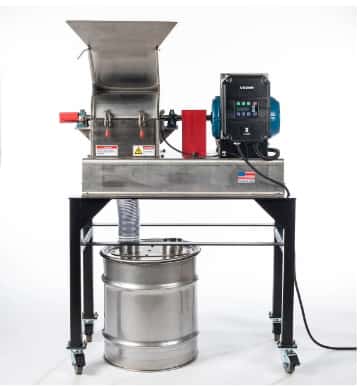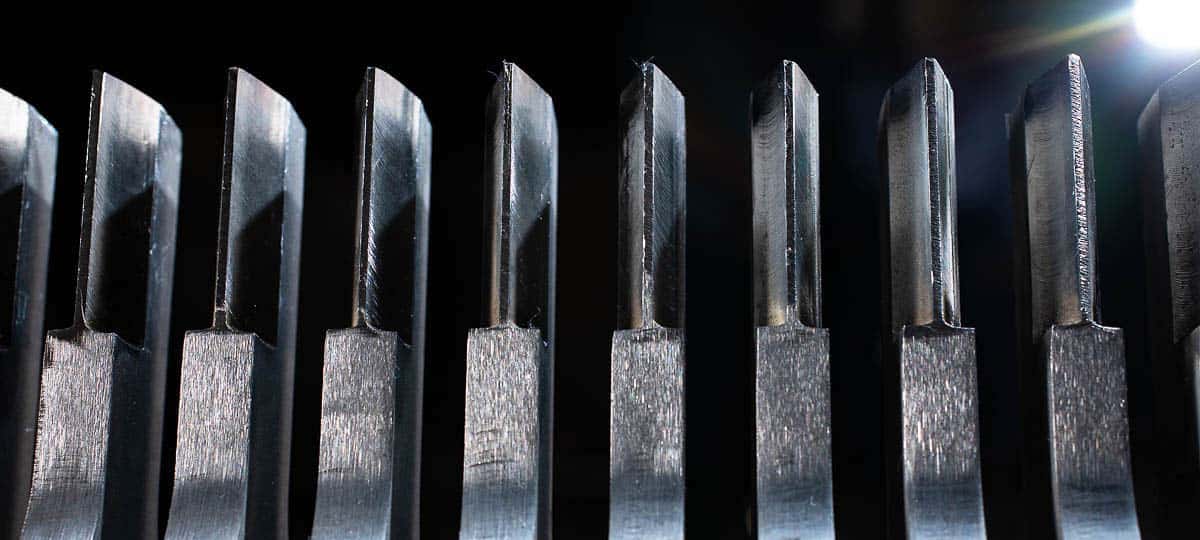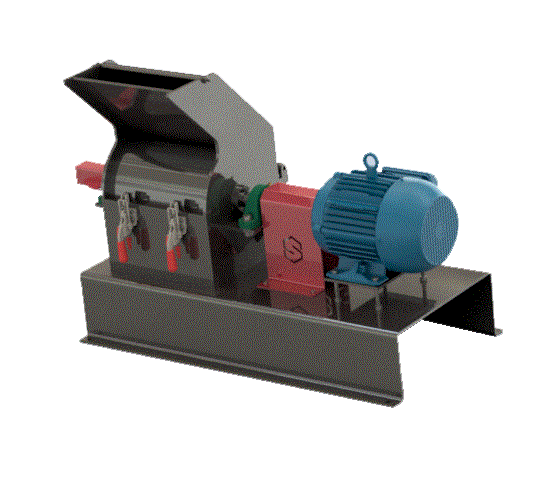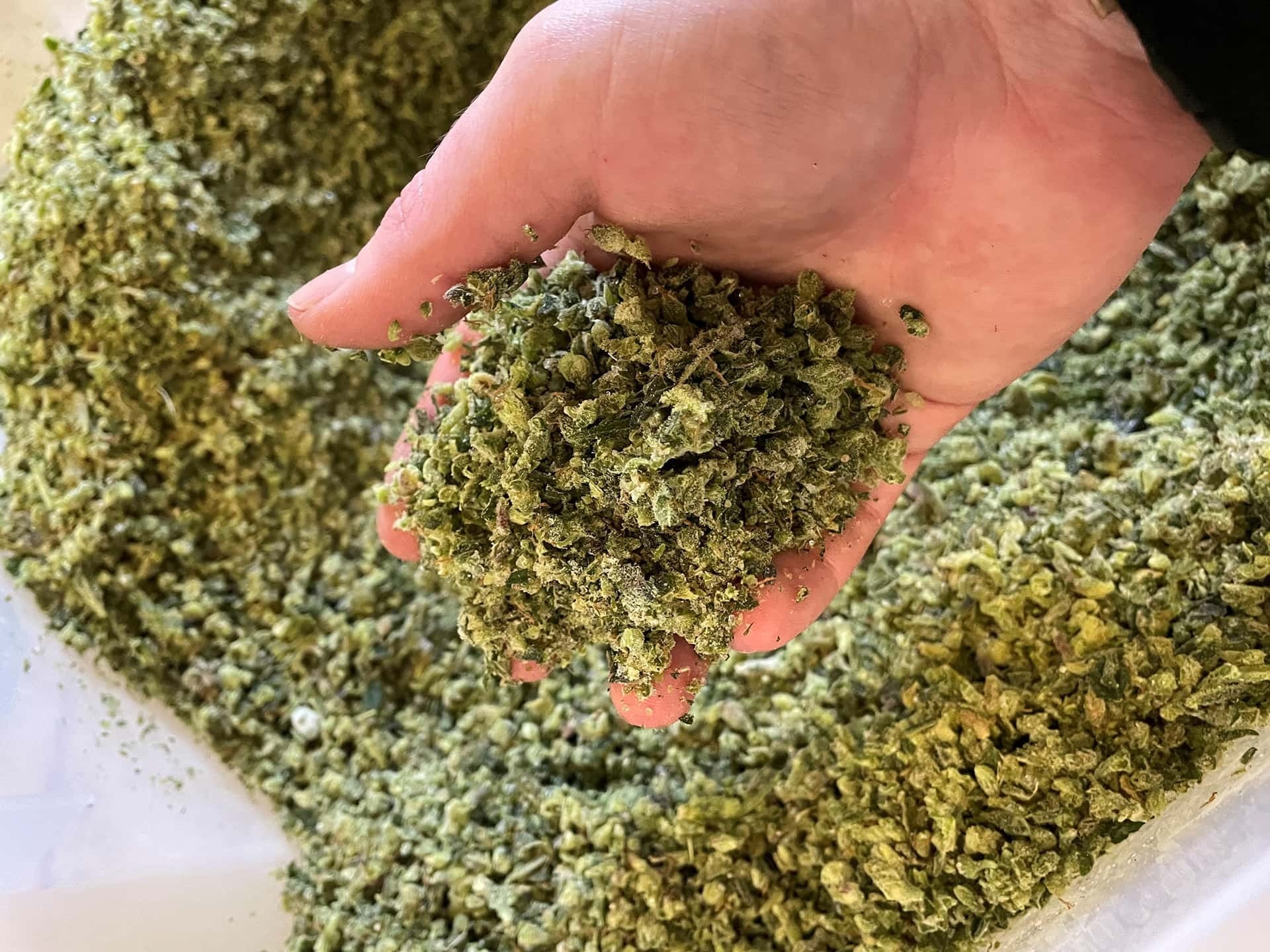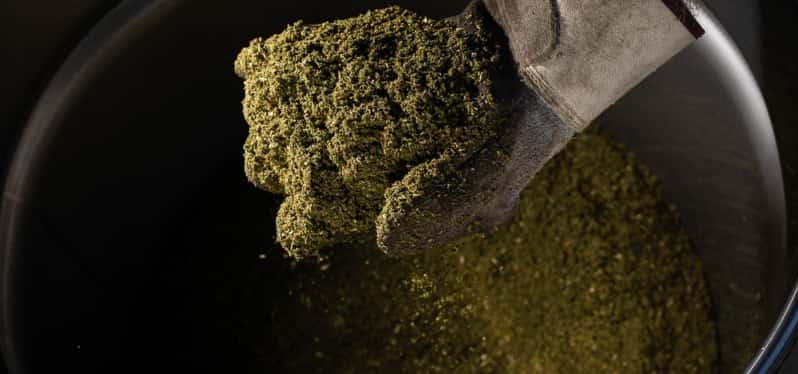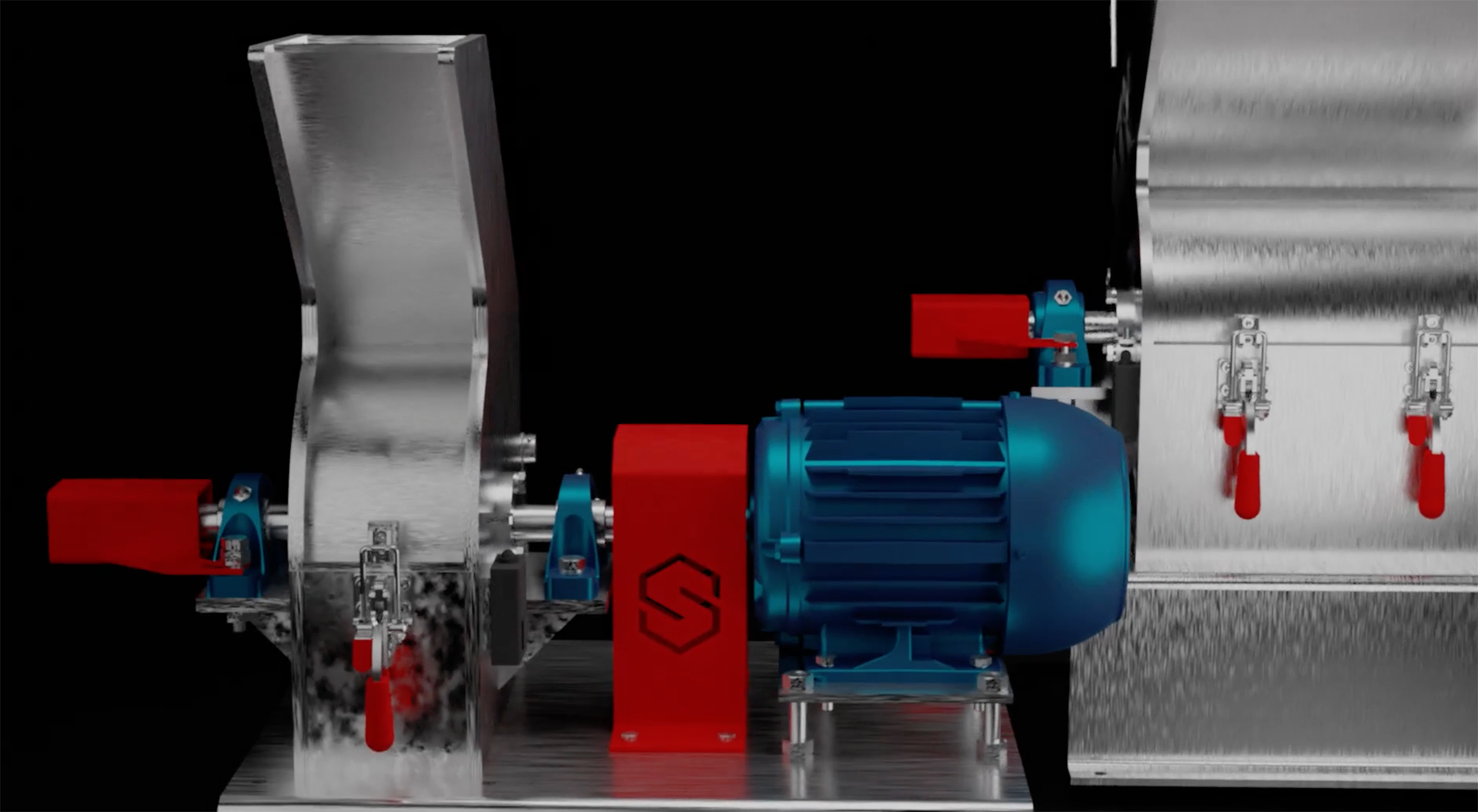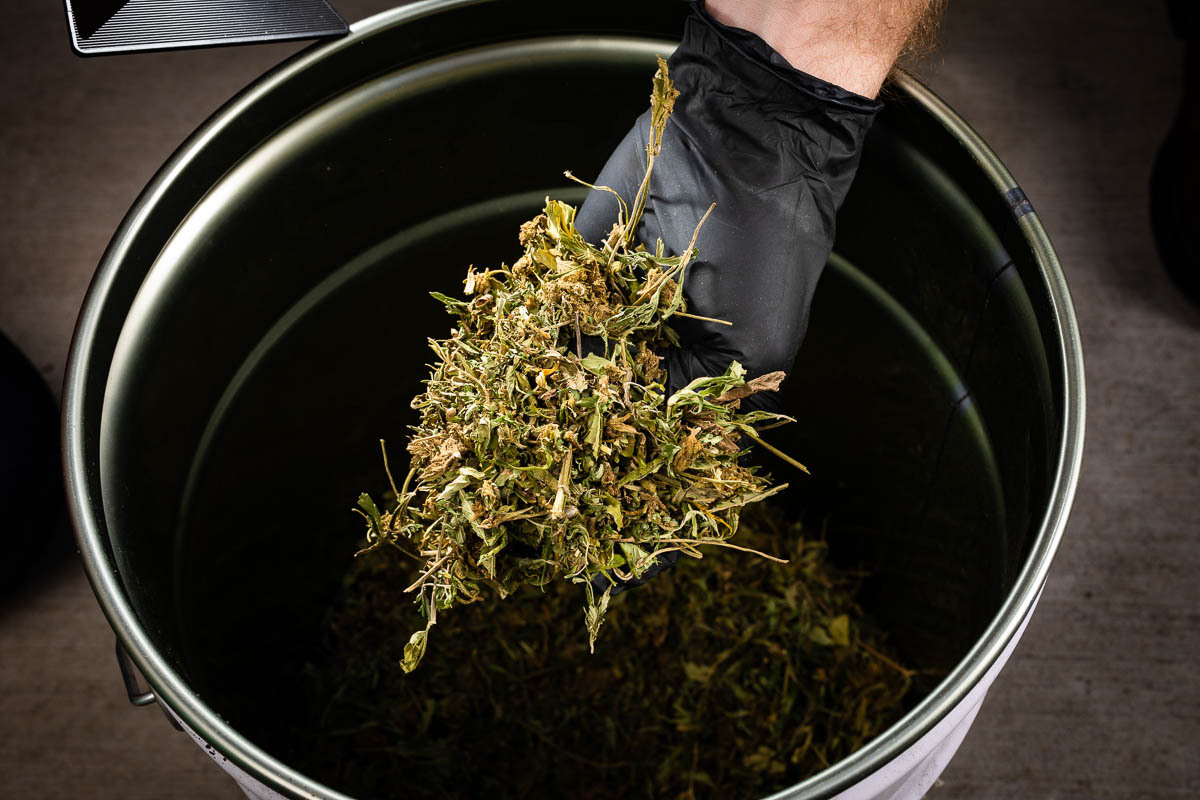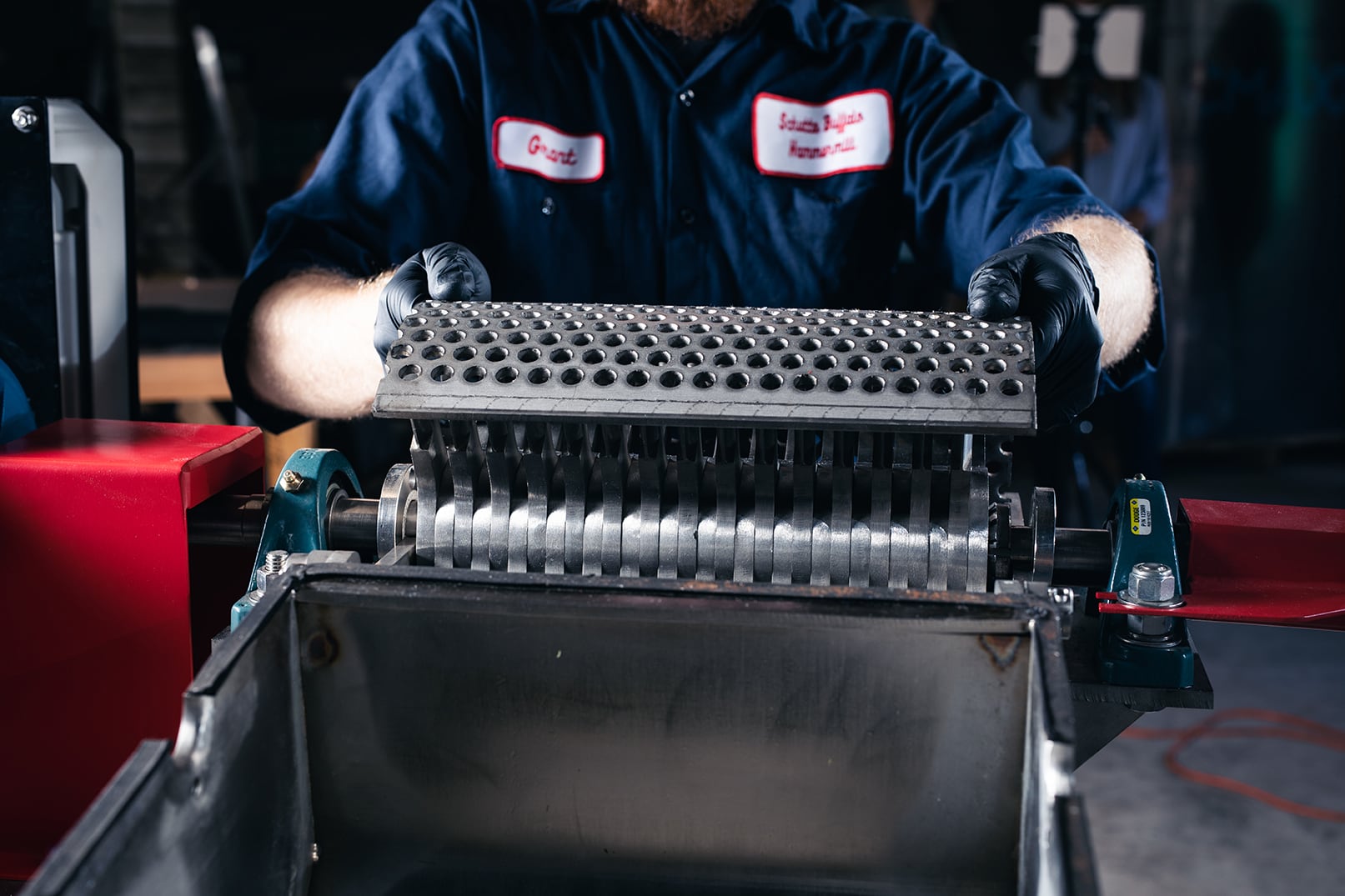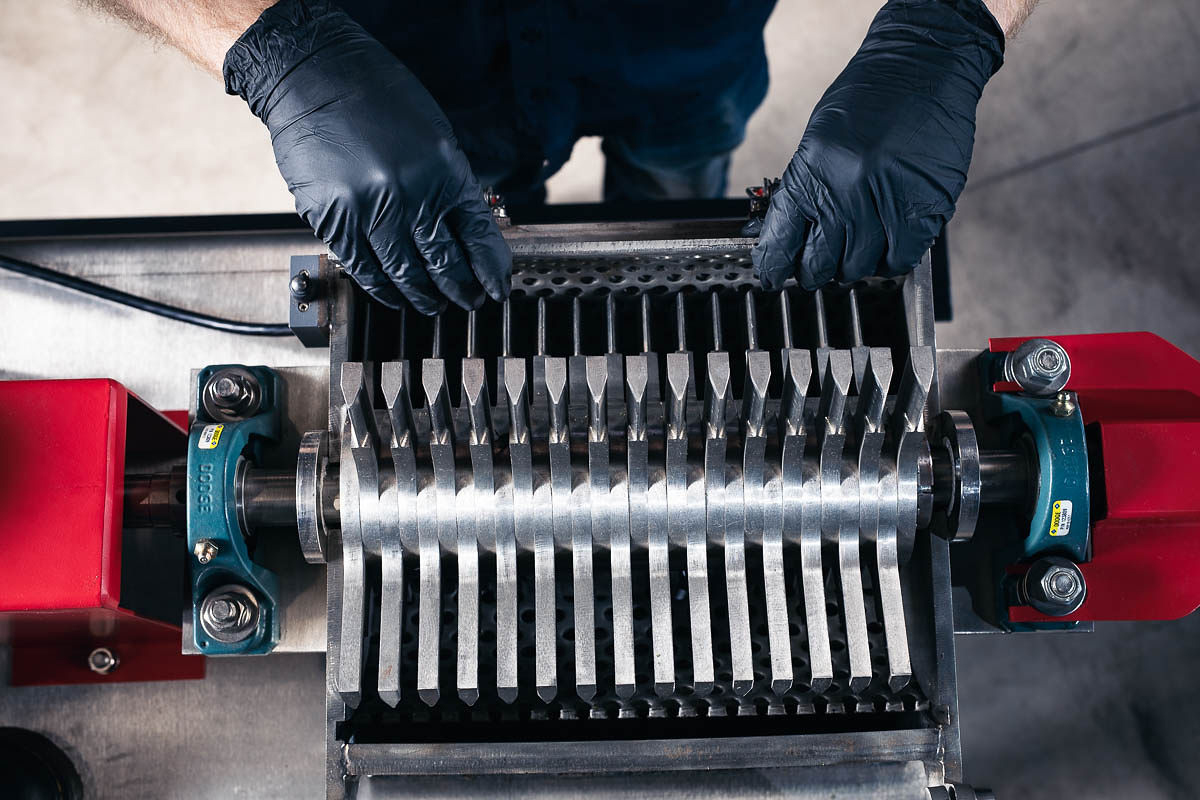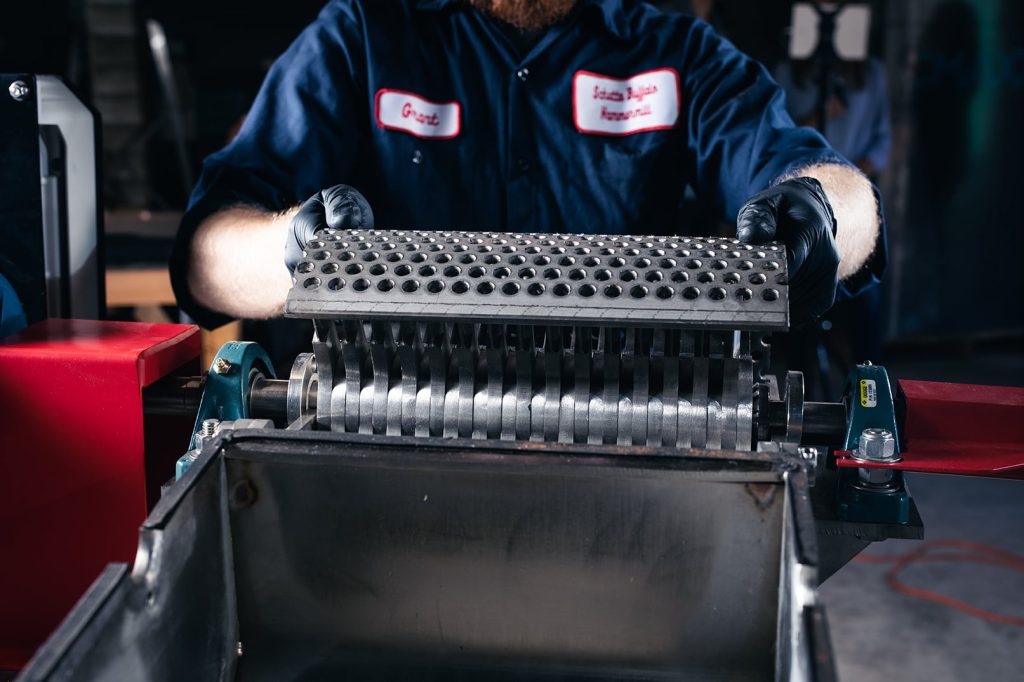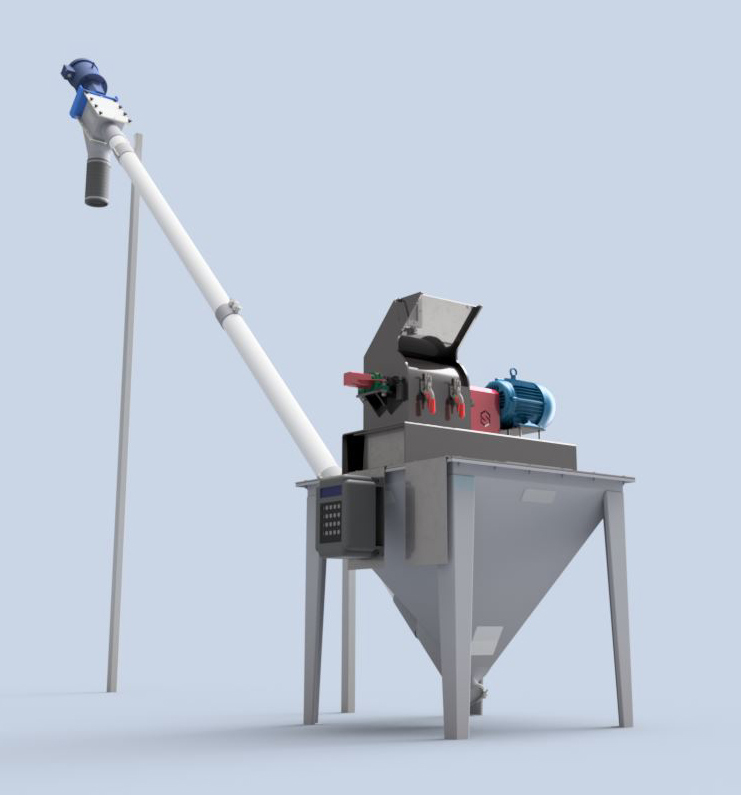In today’s global marketplace, the origin of products is a significant consideration for consumers and businesses alike. At KannaMill, we take immense pride in the fact that all our mills are made in America. This commitment to domestic manufacturing not only supports local economies but also ensures that our products meet the highest standards of quality and performance.
The Importance of American Manufacturing
American manufacturing represents a tradition of excellence, innovation, and reliability. When you choose KannaMill, you’re choosing:
- Quality Craftsmanship: Our mills are built by skilled American workers who take pride in their work. This dedication to craftsmanship results in superior products that stand the test of time.
- Strict Quality Control: Manufacturing in America allows us to maintain stringent quality control measures throughout the production process, ensuring that every KannaMill product meets our exacting standards.
- Supporting Local Economies: By manufacturing domestically, we contribute to the economic well-being of American communities, providing jobs and supporting local businesses.
- Environmental Responsibility: Producing our mills in America helps reduce our carbon footprint by minimizing transportation distances and adhering to stringent environmental regulations.
Why KannaMill Stands Out
KannaMill has built a reputation for providing high-quality size reduction equipment specifically designed for the hemp and cannabis industries. Here’s why our American-made mills are the best choice:
- Innovative Design: Our mills incorporate the latest technological advancements to ensure efficient and effective size reduction, optimizing your production processes.
- Robust Construction: Made from high-quality materials, KannaMill mills are built to withstand the demands of industrial use, ensuring durability and longevity.
- Custom Solutions: We understand that every operation is unique, which is why we offer customizable solutions to meet the specific needs of our customers.
- Exceptional Customer Support: Our commitment to American manufacturing extends to our customer service. We provide comprehensive support to ensure that our customers get the most out of their KannaMill equipment.
The KannaMill Range
Designed for smaller-scale operations, the KannaMill Series offers:
- Precision Grinding: Achieves consistent particle sizes for optimal product quality.
- Compact Design: Fits easily into smaller spaces without sacrificing performance.
- Easy Maintenance: Simple to clean and maintain, minimizing downtime.
- High Throughput Rates: Processes large volumes of material quickly and efficiently.
- Advanced Technology: Features state-of-the-art components for superior performance.
- Durable Construction: Built to handle the toughest materials, ensuring long-term reliability.
Choosing KannaMill means choosing a product that embodies American craftsmanship, quality, and innovation. Our commitment to domestic manufacturing ensures that every mill we produce meets the highest standards, providing you with the reliable performance you need to succeed.
Ready to experience the difference of American-made quality? Contact us today to learn more about our range of KannaMill products and how they can benefit your operation.

